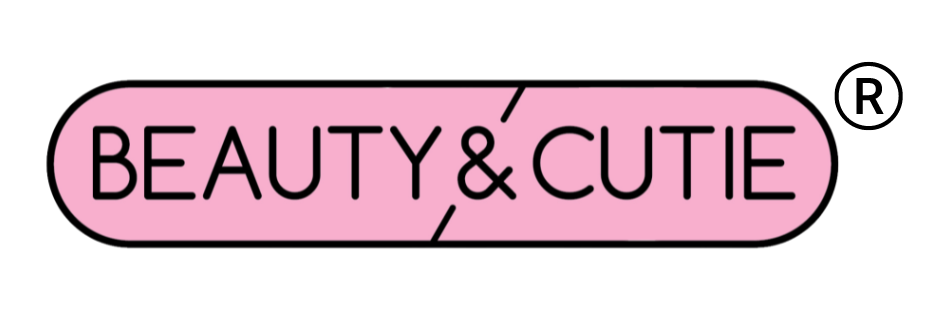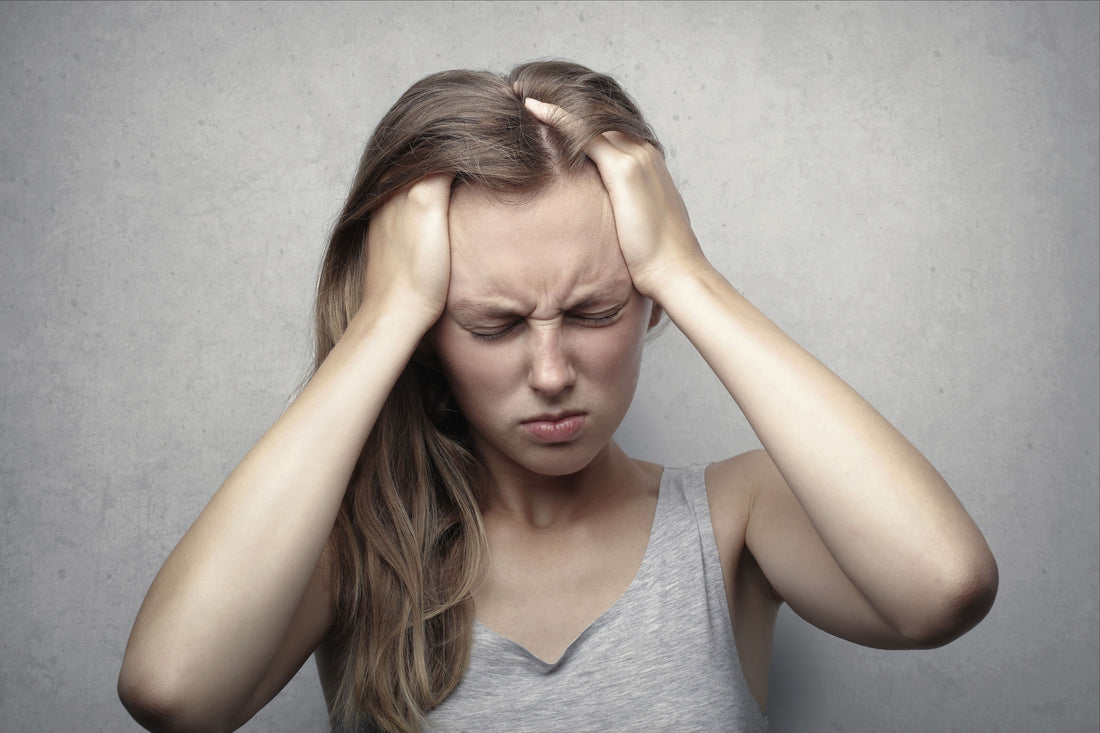For many women, experiencing a receding hairline is a stressful and self-esteem-shaking ordeal. However, you may take action to solve this problem and take charge of your hairline again. Seven methods that have been shown to stop thinning hair will be covered in this essay. We have you covered whether it entails altering your behaviors or using high-end hair care products. If you're tired of your hairline thinning and want to do something about it, keep reading to find out how.
What Is a Receding Hairline?
Hair loss at the front of the scalp causes a receding hairline, which causes the hairline to gradually move backward. Although it's more commonly associated with men, many women experience female pattern baldness as well. Some of the causes include genetics, hormone shifts as we age, and specific medical conditions. A receding hairline can be upsetting for women and affect their self-esteem, regardless of the cause. To stop future hair loss and encourage hair growth, the problem must be addressed as soon as possible.
What Causes a Receding Hairline?
Many different things can lead to a thinning hairline. Because it can be passed on from one generation to the next, there is a strong hereditary component. Hair thinning may be influenced by hormonal changes, such as those that occur during pregnancy or menopause. Aging is another common cause, as hair follicles may become less active over time. Recessive hairline is sometimes caused by medical illnesses like autoimmune disorders and thyroid issues. The most appropriate course of treatment can only be decided upon once the underlying problem has been isolated.
How To Stop Receding Hairline
Step 1: Evaluate Your Lifestyle Habits
The first step in stopping a receding hairline is to evaluate your lifestyle habits. Certain habits, such as excessive heat styling, tight hairstyles, and using harsh hair products, can contribute to hair loss and a receding hairline. Take a close look at your hair care routine and make changes as necessary. Opt for gentle hair products, avoid tight hairstyles that pull on the hairline, and minimize heat styling to protect your hair from damage.
Step 2: Practice Good Scalp Care
To encourage hair development and forestall a receding hairline, a healthy scalp is crucial. Make sure to keep your scalp clean and free from product buildup by regularly washing your hair with a gentle shampoo. You could also benefit from regular scalp massages. Scalp massages increase hair growth by increasing blood flow to the hair follicles.
Step 3: Try Hair Growth Treatments
Different methods of stimulating hair growth have been effective in slowing or reversing a thinning hairline. In order to stimulate hair development, you should seek gentle products. Hair follicles can be stimulated and hair loss can be halted with the help of topical therapies that are often applied to the skin.
Step 4: Consider Hormonal Therapy
Hormonal changes can contribute to a receding hairline in women. If you think a hormonal imbalance is to blame for your hair loss, hormone replacement therapy is a viable treatment option to consider. Talk to your doctor about the many hormone therapy options available to you.
Step 5: Practice Stress Management
The health of your hair, like the health of your body, can suffer from stress. Chronic stress can contribute to hair loss and a receding hairline. Incorporate stress-reduction strategies into your regular routine, such as physical activity, meditation, deep breathing, and sufficient sleep. Stress reduction has been linked to increased hair growth and halted hair loss.
Step 6: Consult with a Dermatologist or Trichologist
After exhausting all other options, it may be time to see a specialist like a dermatologist or trichologist about your receding hairline. These experts are highly trained in hair and scalp care. They can provide personalized recommendations and treatments. Depending on your specific case, they may also suggest laser therapy, hair transplants, or topical medicines.
Step 7: Consider Cosmetic Options
Covering up a receding hairline can be embarrassing, but cosmetic solutions like hair extensions, wigs, and hairpieces can give you back your self-esteem. While you attempt to promote hair growth and address the underlying causes of your hair loss, these solutions can give a temporary fix.
How Do You Know If Your Hairline Is Receding?
Recognizing the signs of a receding hairline is important for women since it allows them to take preventative action. The hair around the temples and the forehead may thin out with time, which is a prominent symptom. The shape of your hairline may also shift, giving the impression that it has receded. Additionally, you might experience more hair shedding than usual, finding an increased amount of hair on your hairbrush or in the shower drain. If you are noticing these signs, it is advisable to consult with a dermatologist or trichologist to determine the cause and explore treatment options.
What Are Some Natural Remedies For a Receding Hairline?
- Essential oils:
It has been shown that using particular essential oils can improve the condition of your scalp and stimulate hair growth. Essential oils such as cedarwood, peppermint, lavender, and rosemary are all good choices. Massage a mixture of the essential oil and a carrier oil (such coconut or jojoba oil) into your scalp. You should let it sit for at least a few hours, preferably overnight, before rinsing.
- Saw Palmetto:
Saw Palmetto is a natural supplement that is often used for the treatment of hair loss. It works by blocking the production of DHT, a hormone that is known to contribute to hair loss. Taking saw palmetto supplements or using a topical saw palmetto extract may help promote hair growth and slow down the progression of a receding hairline.
- Aloe vera:
Aloe vera gel is rich in vitamins, minerals, and enzymes that promote hair growth and soothe the scalp. Apply fresh aloe vera gel directly onto your scalp and massage gently. Leave it on for about an hour before rinsing it out with a mild shampoo. Repeat this process a few times a week.
- Scalp massage:
Massaging your scalp increases blood circulation to the hair follicles, which can stimulate hair growth. Use your fingertips to gently massage your scalp in circular motions for a few minutes every day. You can also use a scalp massager, which is designed to enhance blood flow and promote hair growth.
- Healthy diet and lifestyle:
Eating a balanced diet and maintaining a healthy lifestyle can contribute to overall hair health. Make sure to include foods rich in vitamins, minerals, and essential fatty acids, such as fruits, vegetables, lean proteins, and healthy fats. Stay hydrated and manage stress levels, as both can impact hair growth.
Does Dutasteride and Finasteride Help With a Receding Hairline?
Hair loss, especially receding hairlines, can be treated with prescription medications such dutasteride and finasteride. These drugs stop the body from making DHT, a hormone that is a known factor in balding. By reducing DHT levels, dutasteride and finasteride can help slow down the progression of a receding hairline and promote hair regrowth.
It is important to note that dutasteride and finasteride are not approved by the FDA for the treatment of hair loss in women. They are primarily prescribed for men with male pattern baldness. Women with specific types of hair loss may receive these drugs off-label from some dermatologists.
Reduced libido, erectile dysfunction, and breast tenderness in men have been reported as potential adverse effects of dutasteride and finasteride, so be very careful with your decision. These drugs should be avoided by pregnant and potentially pregnant women due to the risk of having a child with a birth defect.
Conclusion
A woman's sense of self and confidence can take a serious hit when her hairline begins to recede. The good news is that there are powerful tools available to deal with this fear and emerge stronger on the other side. A woman can take ownership of her hairline health by evaluating her lifestyle, making positive changes, incorporating hair-growth-promoting items into her routine, exploring hormonal therapy as an option, managing stress, and consulting with a professional. Dutasteride and finasteride are two pharmaceuticals that have been demonstrated to block DHT and promote hair growth, and similar results have been shown with herbal therapies. Experts like dermatologists and trichologists can help you develop a plan to deal with hairline difficulties and recover control. Keep in mind that with the appropriate strategy and maintenance, your hairline may be restored to health and your confidence can be boosted.
Final Thoughts
Discover the transformative power of Beauty and Cutie with our expertly crafted collagen powders. Designed to support healthy hair, radiant skin, and strong nails, our collagen powders unlock your natural beauty potential from within. Achieve your wellness goals with Beauty and Cutie, trusted by thousands of Americans for thicker hair and glowing skin.
Sources
- https://www.forhims.com/blog/finasteride-vs-dutasteride-which-is-better-for-preventing-hair-loss
- https://www.mayoclinic.org/diseases-conditions/menopause/in-depth/hormone-therapy/art-20046372
- https://www.webmd.com/vitamins/ai/ingredientmono-971/saw-palmetto
- https://www.healthline.com/nutrition/foods-for-hair-growth
*These statements have not been evaluated by the Food and Drug Administration. This product is not intended to diagnose, treat, cure or prevent any diseases.


